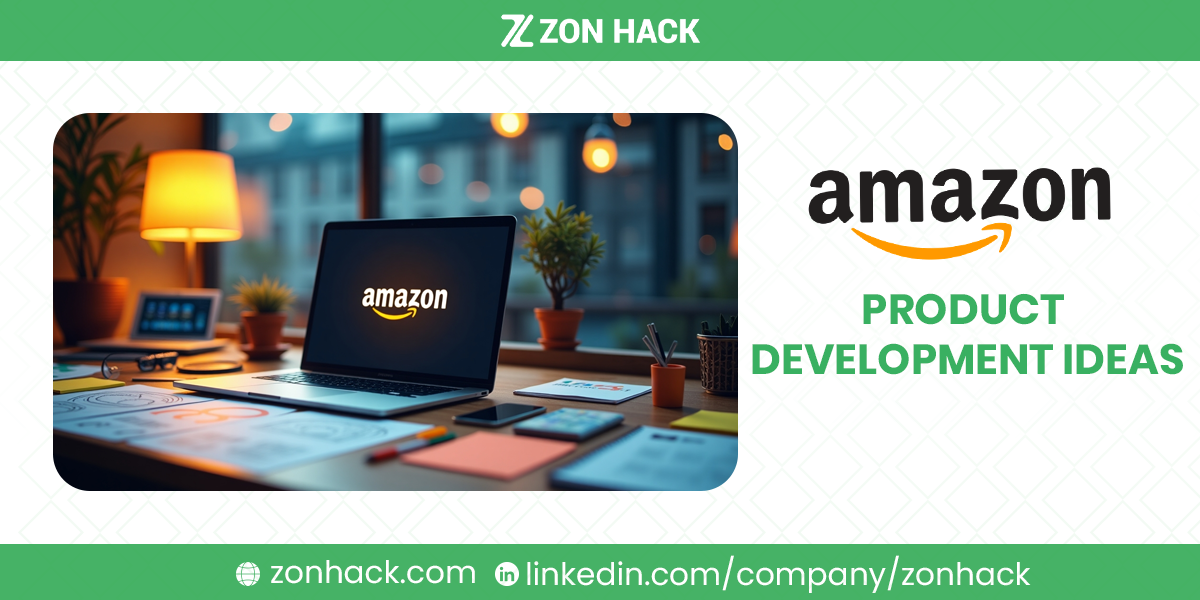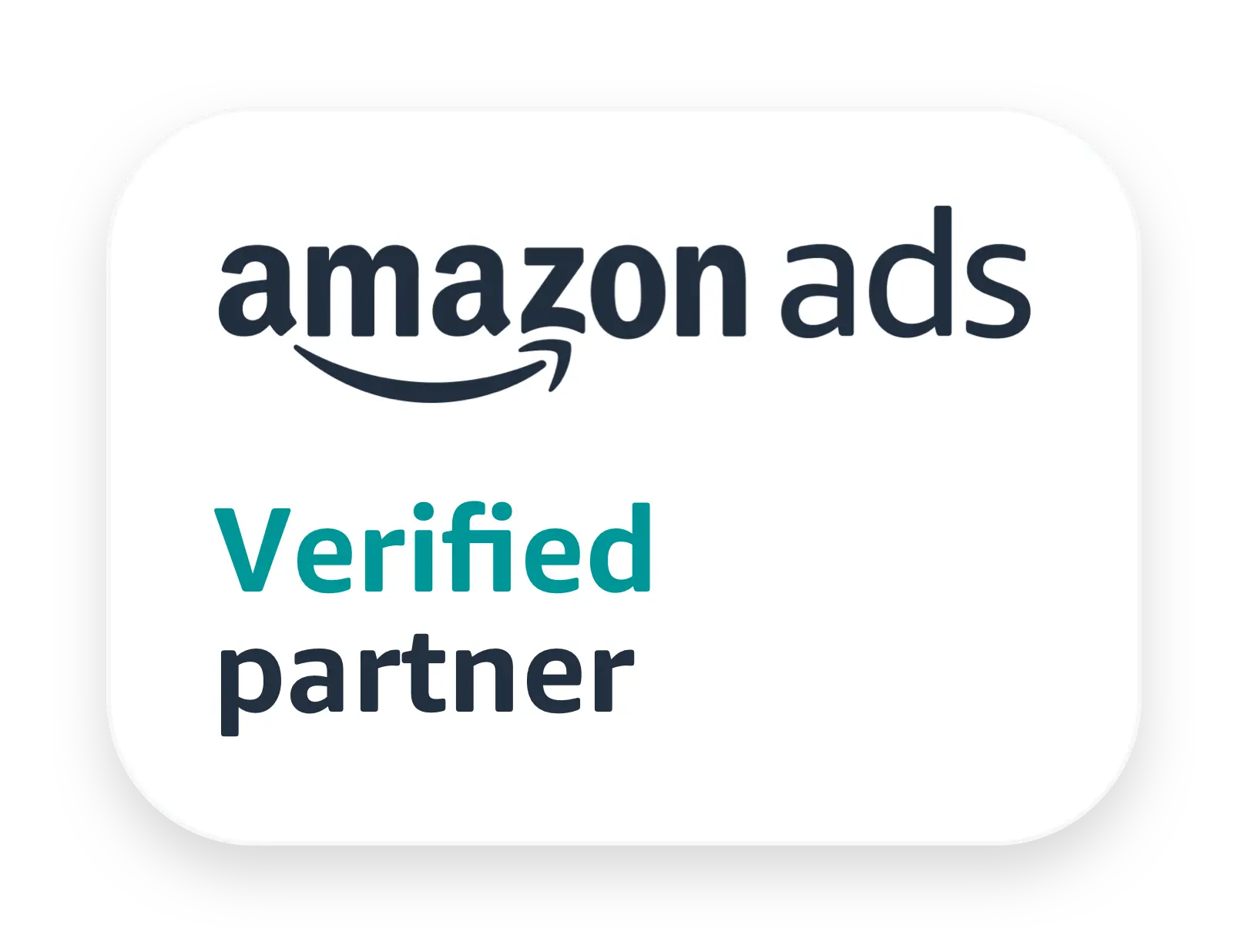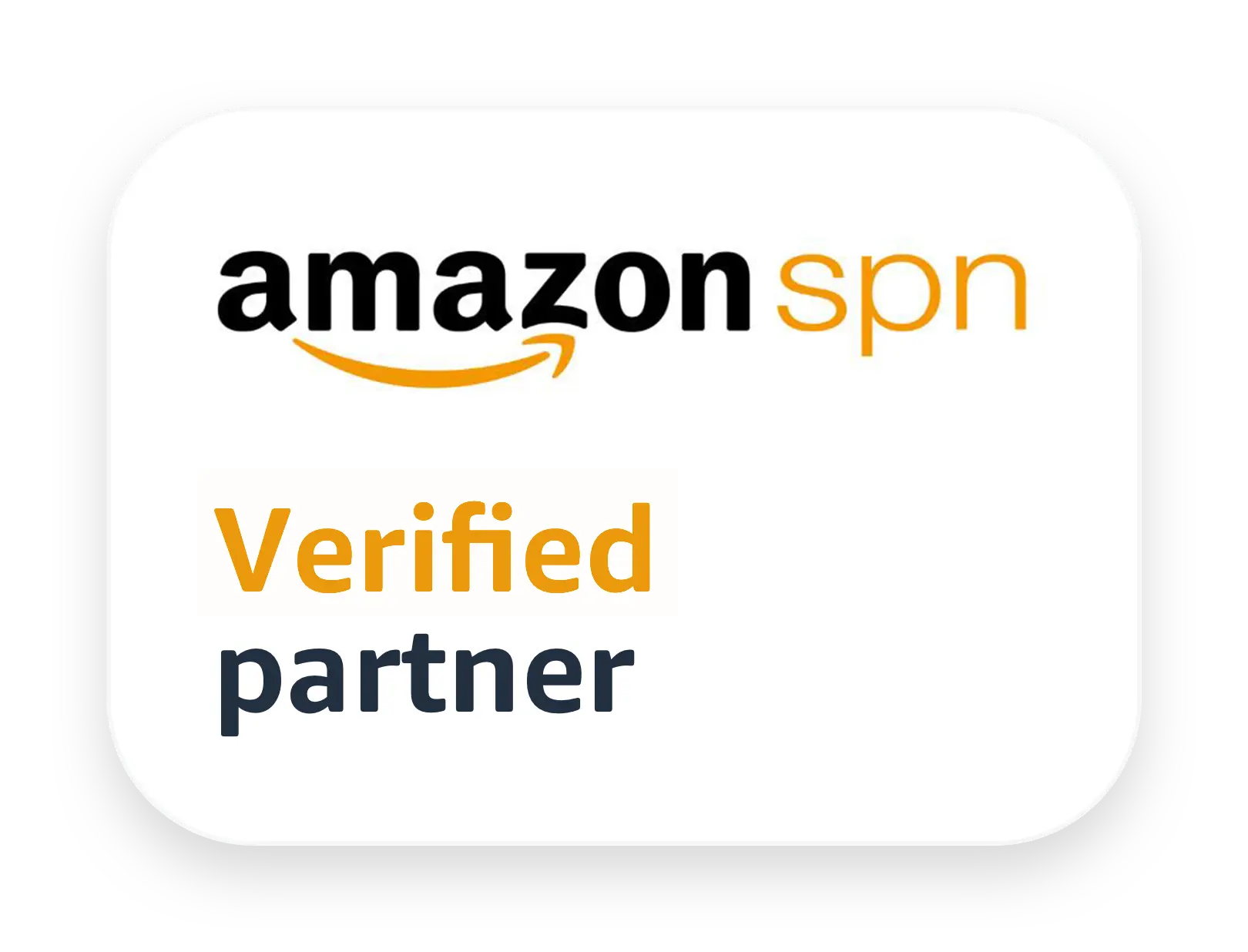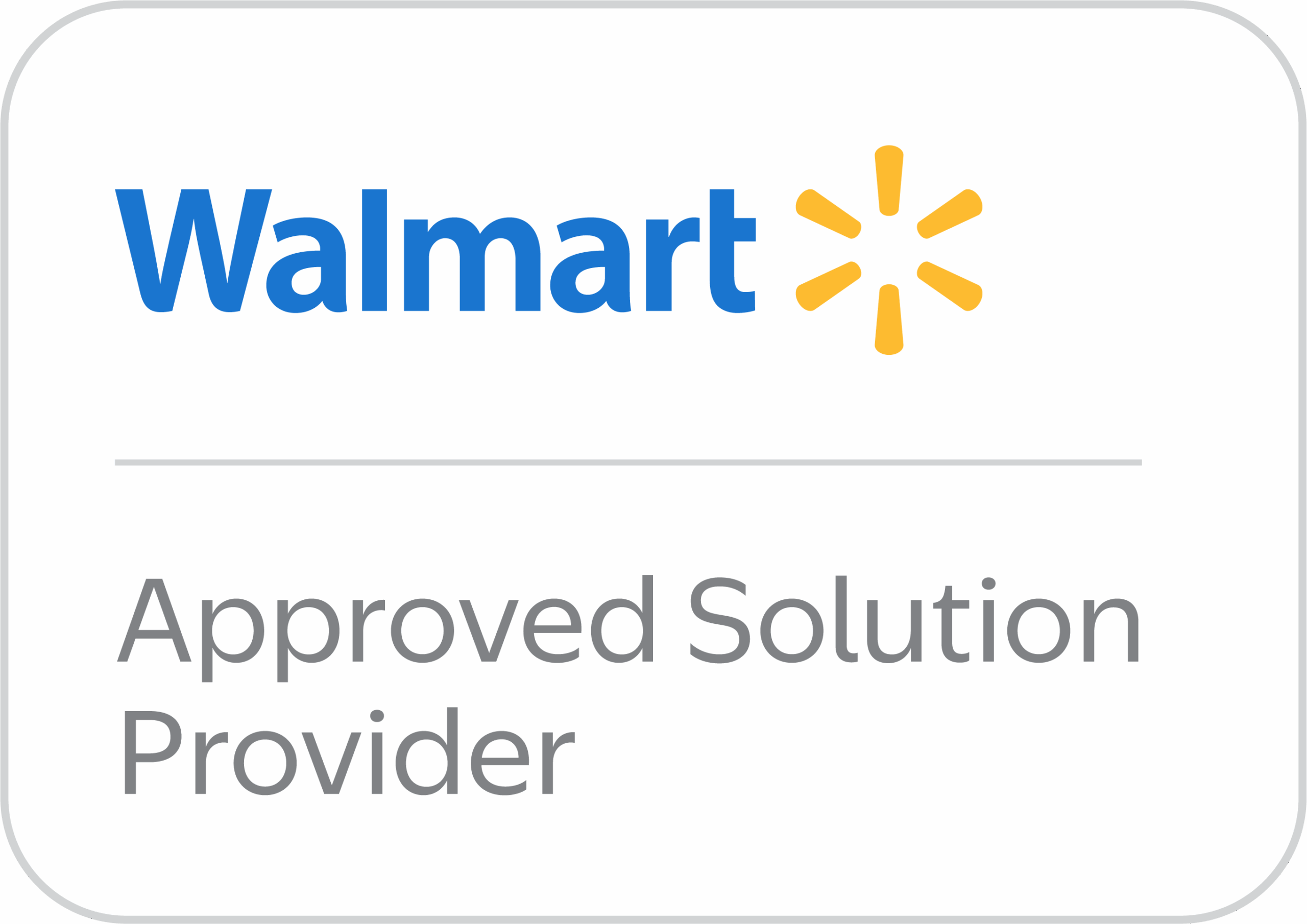With over 9.7 million sellers worldwide and a customer base that spans across 300+ million active accounts, standing out requires more than simply listing a generic item. Developing winning product ideas involves creativity, market knowledge, and a keen understanding of trends, but the rewards are immense: less competition, better margins, and long-term customer loyalty.
In this article, we’ll explore how to identify, develop, and refine Amazon product ideas that have the potential to thrive in one of the most competitive marketplaces. Let’s begin.
What is Amazon Product Development?
Amazon product development is the process of creating, enhancing, or sourcing products tailored for sale on Amazon’s platform. The goal is to align the product with customer needs while addressing gaps in the market. This is particularly important on Amazon, where customers expect high-quality products with clear value propositions.
Why Is It Critical to Have Unique Product Ideas?
With thousands of sellers often targeting the same products, saturation is a major hurdle. A quick search for “phone case” on Amazon reveals over 70,000 results, making it nearly impossible for new sellers to compete. By offering something distinct, sellers can differentiate themselves and avoid the race to the bottom on pricing.
Having unique product ideas not only helps you capture the attention of buyers but also enhances your ranking on Amazon’s search algorithm, increasing visibility and sales.
Key Steps in Amazon Product Development
The product development process is straightforward but requires attention to detail:
- Conduct market research to identify profitable niches.
- Validate your ideas by analyzing competition and customer demand.
- Source or manufacture the product, ensuring quality and cost-effectiveness.
- Optimize branding and product listings to appeal to Amazon’s audience.
- Launch strategically, incorporating customer feedback to refine offerings.
Where You Can Get Inspirations for Amazon Product Ideas
Analyzing Amazon Best Sellers and Movers & Shakers
Amazon provides invaluable insights into trending products through its Best Sellers and Movers & Shakers pages. The Best Sellers list shows the most popular products in each category, while Movers & Shakers highlight products with rapid sales growth. By regularly monitoring these lists, you can identify patterns or rising trends.
For instance, during the pandemic, home office products like standing desks and ergonomic chairs surged in popularity—a trend that could have been predicted early by observing these lists.
Customer Reviews
Customer reviews are often overlooked but are one of the richest sources of inspiration. By reading negative reviews of popular products, you can pinpoint issues buyers face. A 4-star review mentioning a poorly designed zipper on a travel backpack, for example, could lead to the development of a durable zipper alternative, creating a competitive edge.
Leveraging Niche Trends
Platforms like Pinterest, TikTok, and Instagram are treasure troves of emerging trends. A quick scroll through TikTok might reveal viral products, such as self-cleaning water bottles or heatless hair curlers, that haven’t yet reached mainstream audiences on Amazon. Engaging with niche communities on Reddit or Facebook groups can also help uncover ideas specific to hobbies, subcultures, or specialized needs.
Seasonal Products and Holiday Opportunities
Seasonal items, like Halloween decorations or Christmas-themed pajamas, offer excellent short-term profit opportunities. The key is planning ahead—if you start designing Christmas products in October, you’ve likely missed the window. Combine this with evergreen products that can be marketed seasonally, such as plain mugs that can feature holiday-themed designs for different occasions.
Tools for Market Research
Modern tools like Jungle Scout, Helium 10, and AMZScout simplify product research by providing detailed metrics on sales trends, keyword popularity, and market saturation. For example, Helium 10’s Xray tool allows sellers to estimate a product’s monthly sales and competition level, helping validate whether an idea has profit potential.
Strategies for Developing Winning Product Ideas
Enhancing Existing Products
Improving existing products is one of the most practical ways to create something valuable. For instance, the rise of collapsible kitchenware came from addressing storage issues in small spaces—a common complaint in product reviews. Sellers who took this feedback and acted on it were rewarded with increased sales.
White Labeling vs. Private Labeling
White labeling involves rebranding a pre-existing product, while private labeling allows customization. While white labeling is quicker and cheaper, private labeling gives you more control over differentiation. If you’re entering a crowded market, private labeling with unique features, such as eco-friendly materials, could be the better option.
Customization and Personalization
Customers increasingly crave personalized products, as evidenced by the success of custom-engraved jewelry or bespoke pet accessories. Implementing personalization may require higher upfront costs, but the appeal often justifies premium pricing. According to a 2023 survey, 58% of consumers are willing to pay more for customized items.
Eco-Friendly and Sustainable Products
Sustainability is no longer a buzzword—it’s a growing demand. From bamboo toothbrushes to biodegradable packaging, eco-conscious products are gaining traction. For example, reusable silicone food bags became a hit after consumers voiced concerns about plastic waste.
High-Ticket vs. Low-Cost Items
Choosing between high-ticket and low-cost items depends on your strategy. High-ticket items like massage chairs offer greater margins but require higher investment and marketing costs. Low-cost products, such as phone grips, sell in high volumes but often face steep competition. Striking a balance by targeting mid-tier products can mitigate risks.
Innovative Product Ideas for Amazon Sellers in 2025
1. Eco-Friendly and Sustainable Products
Sustainability is no longer a niche trend; it’s a global movement. Products like reusable shopping bags, compostable packaging materials, and bamboo utensils are in high demand as consumers prioritize environmental consciousness.
2. Health and Wellness Innovations
The wellness industry continues to grow rapidly, with an emphasis on personal care and mental health. Products like acupressure mats, ergonomic chairs, and meditation kits are resonating with consumers.
3. Personalized and Customizable Goods
Consumers increasingly value personalization. Products like engraved jewelry, custom phone cases, and DIY kits for hobbies are not only profitable but also drive repeat business.
4. Smart Home Accessories
As smart home technology becomes mainstream, related accessories like light dimmers, security camera mounts, or smart speaker stands are gaining traction. These items often complement larger products like Amazon Echo or Google Nest.
Steps to Turn Ideas into Market-Ready Products
1. Validate the Idea
Before investing time and money, ensure your product idea is viable. Use data from tools like Google Trends, Amazon Keyword Planner, or Jungle Scout to check demand. Look for consistent interest over time or spikes during specific seasons. Additionally, analyze competitor products to evaluate how saturated the market is.
Customer surveys or focus groups can also be invaluable. Ask potential buyers whether they would purchase your product and what features matter most. Remember, the clearer your understanding of the target audience, the more tailored your product can be.
2. Source or Manufacture Your Product
Finding the right supplier is a critical step in product development. Platforms like Alibaba and Global Sources connect sellers with manufacturers worldwide, while domestic suppliers often cater to sellers focused on quality or faster shipping. When sourcing, consider the following:
- MOQ (Minimum Order Quantity): Low MOQs reduce financial risk for new sellers.
- Cost of Goods Sold (COGS): Ensure your manufacturing costs allow for a healthy profit margin after Amazon’s fees, which range between 8% and 15% of the sale price, plus FBA storage fees.
- Supplier Reliability: Check reviews, request samples, and negotiate clear contracts to avoid potential pitfalls.
For customized or private-label products, communicate precise specifications to the supplier.
3. Create Compelling Branding and Packaging
A strong brand identity not only attracts customers but also fosters loyalty. Branding encompasses everything from your logo and product name to the tone of your marketing materials. Packaging, often overlooked, can significantly impact a buyer’s perception. According to a study by Ipsos, 72% of consumers say packaging design influences their purchase decisions.
Consider the unboxing experience as well. Eco-friendly packaging or a thoughtful thank-you card inside the box can make a lasting impression and increase positive reviews.
4. Optimize Your Amazon Product Listing
Your product’s listing serves as its primary storefront. To maximize visibility and conversions, focus on the following key elements:
- Title: Incorporate primary keywords while keeping it descriptive and concise. For instance, “Stainless Steel Insulated Water Bottle | BPA-Free | Keeps Drinks Hot or Cold” uses searchable terms effectively.
- Images: Use high-resolution photos that showcase your product from multiple angles. Lifestyle images demonstrating real-world use often perform better.
- Bullet Points and Descriptions: Highlight unique selling points (USPs), benefits, and key specifications. Instead of listing “Durable Material,” describe how it “withstands everyday wear and tear, making it perfect for outdoor adventures.”
- Keywords: Tools like Helium 10 can help identify relevant search terms to include in your title, backend keywords, and description.
5. Launch Your Product Strategically
Launching on Amazon involves more than simply listing your product. Utilize Amazon’s internal tools, such as Sponsored Ads or Lightning Deals, to increase visibility. Building early momentum through promotions or influencer collaborations can boost your ranking in Amazon’s search results.
Encourage early buyers to leave reviews by following up with them via Amazon’s built-in messaging system. Since over 90% of customers base purchasing decisions on reviews, a strong reputation can significantly enhance sales.
Why Choose ZonHack for Your Amazon Business?
We’ve supported hundreds of sellers in scaling their brands. From dropshipping startups to established private-label businesses, our tailored services ensure you stay ahead in a competitive market. Our use of AI tools like ChatGPT and M19 further optimizes strategies, ensuring lower costs and higher profits.
If you’re ready to transform your ideas into reality, get a free quote today and discover why so many successful brands trust ZonHack. Your success is just a click away!




